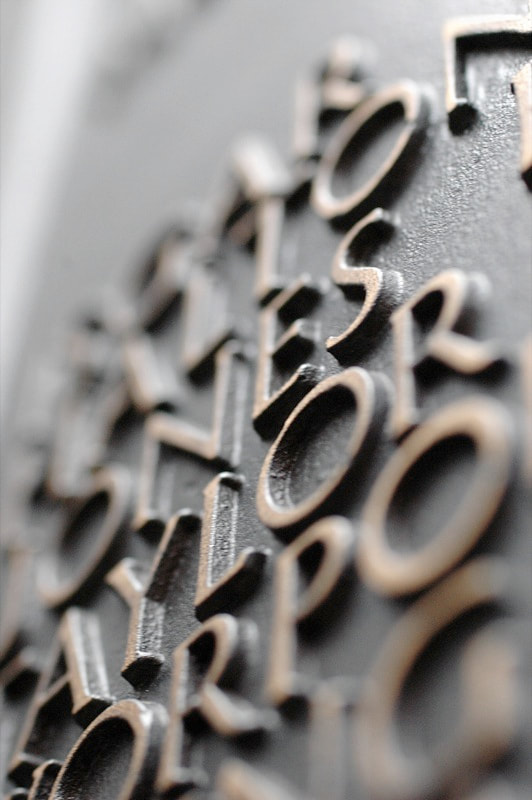Soon the World War I centenary Last Post will sound, 100 years on from the Armistice, 1918. At memorials in town squares and churches all over the world, many of us will say the words ‘we will remember them’. If you’d like to find out how to begin tracing your ancestors’ war years, it’s not too late to start.
Which World War I battles did your ancestor fight?
Of course, you’ll want to focus not just on the theatre of war, but on the events in which your family members saw action. Visit Wikipedia here to see a massive list of more than 300 military engagements during WW1, including those on land, at sea and in the air, from all over the globe. Link through to those of interest, for fuller information about each one.
Key records to seek in the archives and online
Essentially you’re on the lookout for these key archive records. Each of these is held in national collections, and digitised versions are available to view on the internet:
- Medal index cards – which will give name, rank, number, unit, medal entitlement. These are comprehensive and cover all ranks, officers and men. See Ancestry and National Archives.
- Service or pension records – which will give an outline of the soldier’s career (postings, promotions, dependents, physical health). An estaimated 70 percent of the soldiers’ service records were destroyed by fire following a bomb in World War II, therefore the odds are against you finding your man but you might. See Ancestry and FindMyPast.
- Unit war diaries – which give a day-by-day account of the unit’s activities and movements. Succinct and formulaic, these don’t mention individuals in detail and largely only officers by name. Other ranks are just referred to as, for instance, ’17 men’. Nevertheless, they are worth reading to get a feel for the unit’s activities – the peril and monotony of life in service, plus the chance to read diary entries for those key battles of history, or for the period around which your ancestor might have been wounded or killed. See Operation War Diary or the National Archives.
- Graves or memorials – if your ancestors died in the war, your first port of call should be the Commonwealth War Graves Commission website, which lists the fallen, with name, rank, number, regiment, date of death and place buried, or details of the memorial on which their name is remembered.
Key treasures to ask family about
The wartime memorabilia that your family may hold can be extremely enlightening as to your ancestors’ service. If your ancestor has a common name, then these items can be even more valuable, helping you to identify key clues (such as regiment number, ship name etc) about your person.
Medals – ask around family members, including the wider family, as your ancestor’s medals may have been handed down a different branch of the family tree. Ask to see the medals or pictures showing the ribbons, medals and medal rim.
Photographs – official photographs weren’t taken of individual British service personnel so your best chance of finding a photo of your ancestor in uniform is to ask among the (wider) family again. if you can see the original, great, but if not ask for the clearest possible copy so that you can see the details of cap badge, shoulder titles, sleeve badges of rank, skills and so on. Each of these items will give you details and insights into your ancestor’s war years.
Other memorabilia – there may be letters sent back to family, photos, trench art (eg items made from the brass cartridges), cartoons, personal diaries, sweetheart badges or even a miniature soldier teddy bear mascot (given for luck to the lads by their families). Ask around and you may be in luck yourself in finding at least one of these items.
Find out much more about tracing your World War I ancestors in the November issue of Family Tree magazine – a centenary special.
(image © Bryan Ledgard)

 RSS Feed
RSS Feed
